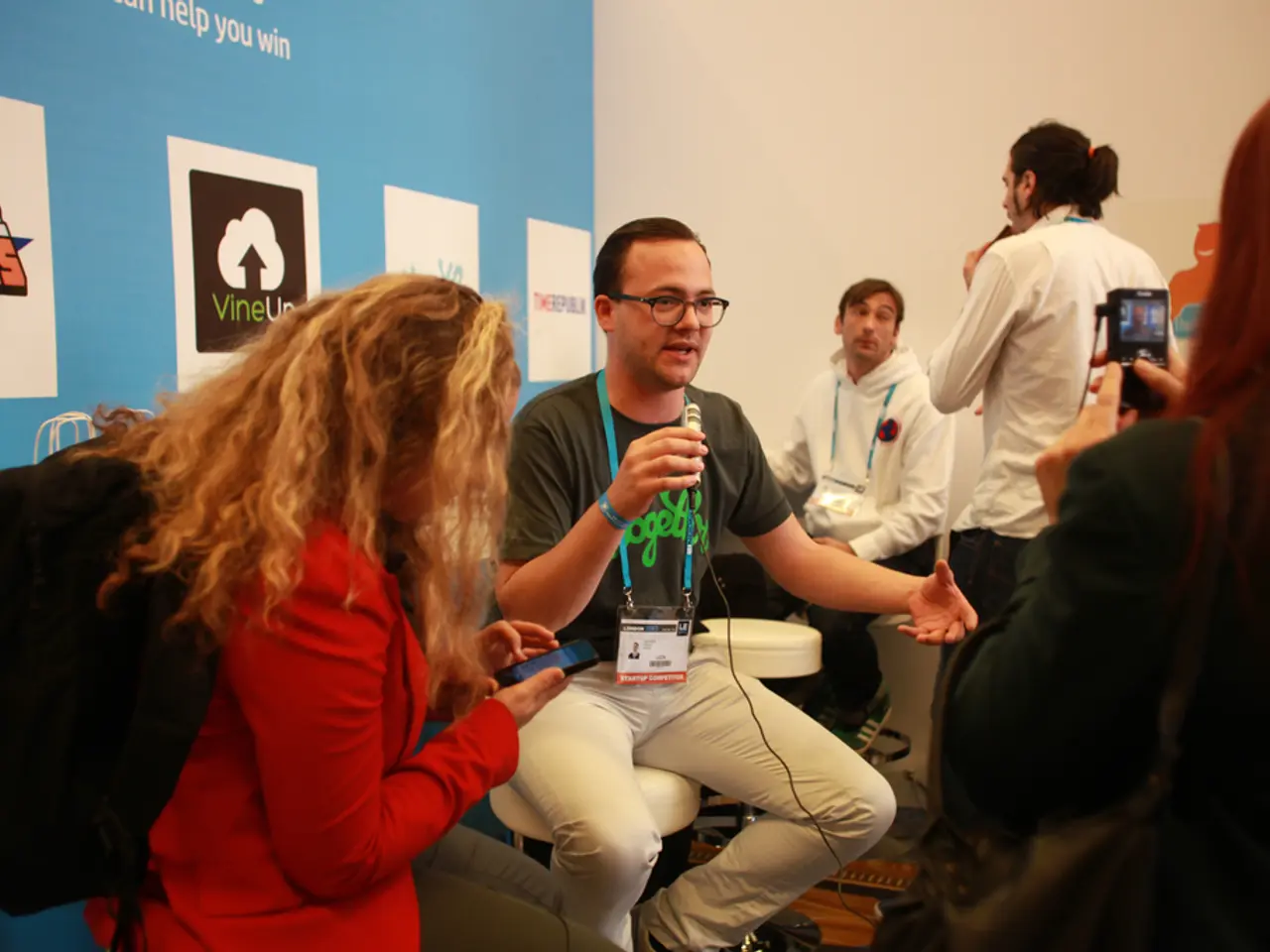Reinforce Your Exit Discussion, Forego Farewell Beverages
In the midst of the Great Resignation, a mass exodus of workers from the workforce that has been widely reported and felt, questions about what individuals, teams, and organizations can do to retain employees are more pressing than ever. One suggested method for retaining top talent is the stay interview, a targeted, proactive conversation between managers and employees aimed at understanding why valued employees choose to stay or what might cause them to leave.
The stay interview is a collaborative, human-first approach that is particularly vital amid the Great Resignation, where employee turnover is high and recruitment challenges abound. By focusing on individual employees’ perspectives, stay interviews uncover actionable insights before dissatisfaction leads to exit decisions. They foster genuine communication, make employees feel valued and heard, and enable leaders to address issues such as work-life balance, career growth opportunities, and engagement factors in a meaningful way.
Stay interviews serve as one of the qualitative measures alongside exit interviews and engagement scores to track the health of retention efforts. They support building a culture of respect, recognition, and open communication, key drivers of employee engagement and loyalty in today's competitive job market.
It's important to note that the stay interview is not a replacement for other retention strategies, but rather a complementary method. As of December 2021, 5.9 million Americans quit their jobs, and the focus remains on exploring and implementing various strategies to hold onto employees. With 10.9 million open jobs in the U.S., the need for effective retention tactics is evident.
This discussion is part of the Columnist Network series, which features tactical thoughts and actions from high-level experts. The stay interview, while not mentioned as a strategy that has been widely adopted during the Great Resignation, is suggested as a method that could potentially help organizations retain their top talent.
While the stay interview is not directly linked to any specific industry or sector, its human-centered, empathetic dialogue is crucial for retaining top talent, especially in hybrid or evolving work environments. By addressing the root causes of employee retention risks through personalized, empathetic conversations, the stay interview aims to increase employee motivation, engagement, and ultimately, lower turnover rates.
The stay interview is not a mandatory or required practice in any context, but it is considered a more specific and impactful retention strategy compared to general or costly tactics that yield little results. Its effectiveness is based on uncovering actionable insights before dissatisfaction leads to exit decisions, fostering genuine communication, and making employees feel valued and heard.
This article is published by Adweek, exploring the issue of the Great Resignation and potential responses from individuals, teams, and organizations. The stay interview is not explicitly linked to any specific organization or individual in the article, nor is it mentioned as a strategy that has been proven effective in any prior studies or research. However, its potential as a valuable retention tool is clear.
In conclusion, the stay interview provides a specific, collaborative, and human-first method for retaining top talent during periods of high turnover. By addressing the root causes of employee retention risks through personalized, empathetic conversations, the stay interview aims to increase employee motivation, engagement, and ultimately, lower turnover rates. As the Great Resignation continues, implementing strategies like the stay interview could be key to retaining valuable employees and navigating the challenges of the current job market.
*Sources:\ [1] Harvard Business Review. (2021, October 20). The Stay Interview: A Retention Strategy That Works. [online] Available at: https://hbr.org/2021/10/the-stay-interview-a-retention-strategy-that-works [2] Gallup. (2021, September 17). The Importance of Stay Interviews in Employee Retention. [online] Available at: https://www.gallup.com/workplace-management/articles/272260/importance-stay-interviews-employee-retention.aspx [3] Forbes. (2021, August 26). The Power Of Stay Interviews In Employee Retention. [online] Available at: https://www.forbes.com/sites/forbescoachescouncil/2021/08/26/the-power-of-stay-interviews-in-employee-retention/?sh=279789b32e2d [4] SHRM. (2021, July 14). Why Stay Interviews Matter in Employee Retention. [online] Available at: https://www.shrm.org/resourcesandtools/hr-topics/employee-relations/pages/why-stay-interviews-matter-in-employee-retention.aspx [5] Glassdoor. (2021, June 30). The Importance of Stay Interviews in Employee Retention. [online] Available at: https://www.glassdoor.com/employers/blog/the-importance-of-stay-interviews-in-employee-retention-q1-2021-e1506625.htm
The stay interview is a valuable method for organizations to retain top talent during periods of high turnover, as it addresses the root causes of employee retention risks through personalized, empathetic conversations. By fostering genuine communication, making employees feel valued and heard, and enabling leaders to address issues such as work-life balance, career growth opportunities, and engagement factors, the stay interview aims to increase employee motivation, engagement, and ultimately, lower turnover rates.
The effectiveness of stay interviews is supported by various studies and research, as documented by sources like Harvard Business Review, Gallup, Forbes, SHRM, and Glassdoor. These sources suggest that the stay interview is a specific, collaborative, and human-first retention strategy that complements other efforts in navigating the challenges of the current job market.




